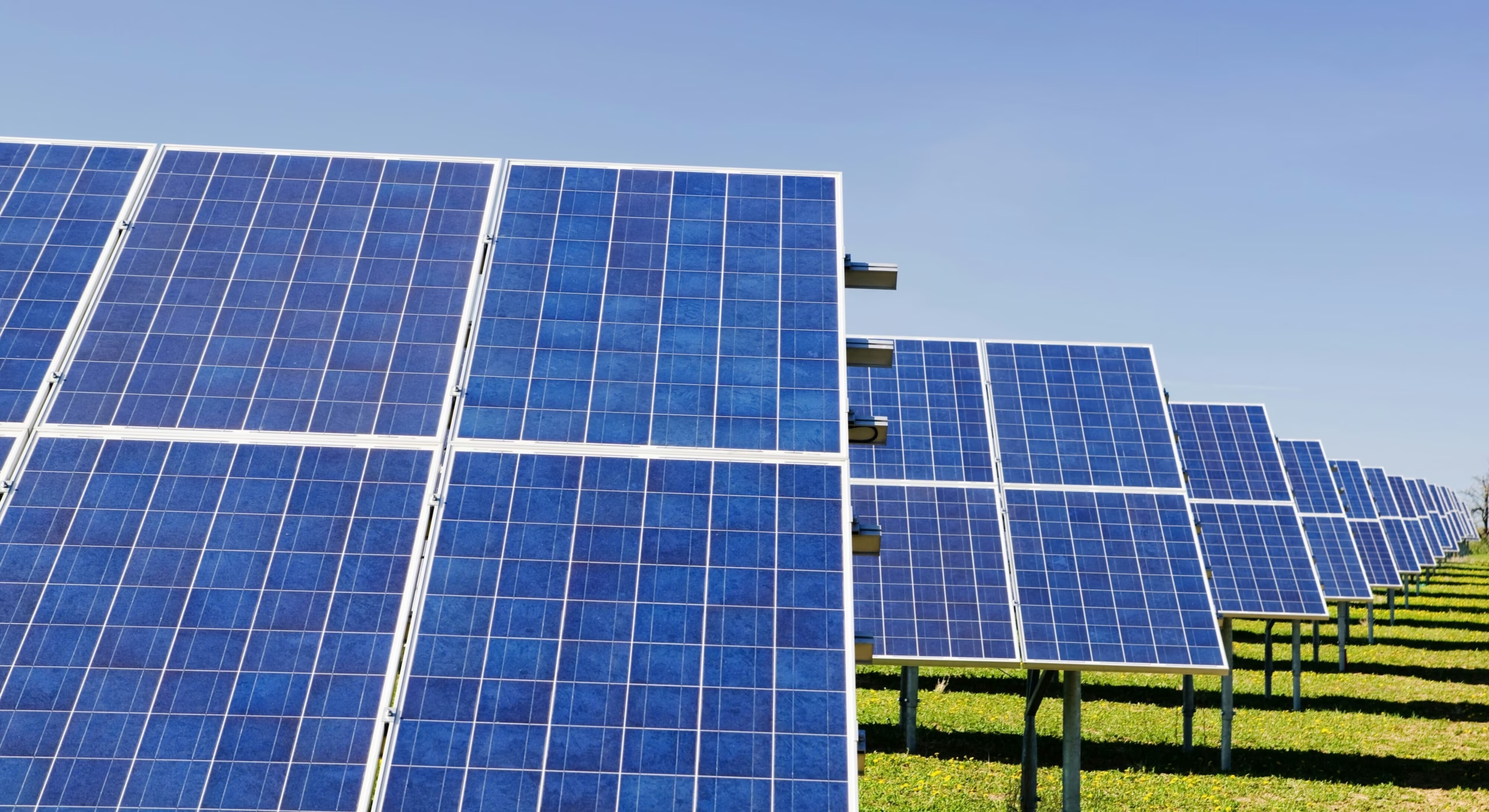Scientists and engineers discover each year how to make solar panels do the job better. These include some promises made in 2025, in which solar panels might be able to capture more sunlight and convert it to electricity. It denotes that solar energy can be harnessed in a greater number of locations and can be utilized more efficiently. We will discuss the latest developments that will enhance the efficiency of solar panels in 2025.
More Light, More Power
The solar cell material is one of the areas that has changed considerably. The conventional solar panels are good, but with limitations on the amount of sunlight they can convert to electricity, as they utilize silicon. Perovskite new materials are now being realized. A lot of focus on perovskite solar cells is given since these cells are more capable of capturing sunlight than typical silicon cells.
Historically, a problem was that researchers discovered methods of making perovskite cells less volatile and long-lasting. By 2025, perovskite will be mixed with silicon cells to form what is referred to as a tandem solar cell. The cells have been able to harness more sunlight at different angles and more effectively convert the sun to electricity.
Flexible Solar Panels for More Uses
The development of flexible solar panels is another significant move towards this direction. Such panels are capable of curving and accommodating areas that old panels had not been able to do before. This implies that we will be able to install solar panels on curving roofs, walls, and windows as well. This technology is gaining popularity in 2025 as it will enable solar power to reach areas where it was not previously accessible. Flexible panels, also, are lighter thus can be easier to carry and set up.
Smarter Solar Panels with Technology
Additional solar panels in 2025 have an integrated technology that ensures they perform better. These intelligent solar panels have sensors, which monitor the efficiency of the panel. In case one of the panels is not receiving sufficient sunlight, the system will make adjustments or alert the user to clean the panel.
Smart systems are also capable of knowing when to store electricity in the battery or when to push it to the power grid. This can save on more energy and utilize it at the time when people need the most.
Solar Tracking Systems
Sunlight hits the panels best when the panels face the sun directly. Some panels stay fixed in one place, but tracking systems let panels move to follow the sun across the sky. In 2025, these solar trackers have improved a lot. They move more smoothly and use less energy to adjust their position. This means the panels catch even more sunlight every day. Some new systems even use artificial intelligence to learn the best way to follow the sun, which adds to their efficiency.
Better Energy Storage
Solar power only works when the sun shines, so saving energy for later use is very important. In 2025, battery technology has stepped up to store energy more efficiently. This allows people to use solar power even at night or on cloudy days. New battery materials and designs in 2025 make batteries cheaper and last longer. These advances help solar panels provide steady power throughout the day.
Using Less Space for More Energy
Space is an issue for solar panels, especially in cities or places with limited room. In 2025, panels are being made to produce more electricity from smaller areas. Technologies like concentrated solar power use mirrors or lenses to focus sunlight on a smaller high-efficiency panel. This way, these panels make more energy without needing a big surface. This idea helps bring solar power to crowded spaces and small homes.
Cleaner Production of Solar Panels
An important part of solar panel progress is making the panels in ways that are better for the environment. In 2025, new production methods use fewer toxic materials and less water. This means solar panels are not just good at saving energy but also better for the earth during their own creation. These cleaner ways of making solar panels help reduce the overall impact on nature.
Conclusion
The latest breakthroughs in solar panel efficiency for 2025 make solar power more useful and available. New materials like perovskite, flexible designs, and smart technology all help to make panels catch and use sunlight better. Improved tracking systems and better batteries make sure solar energy can be used all day long. Also, efforts to produce panels in cleaner ways show care for the environment.

